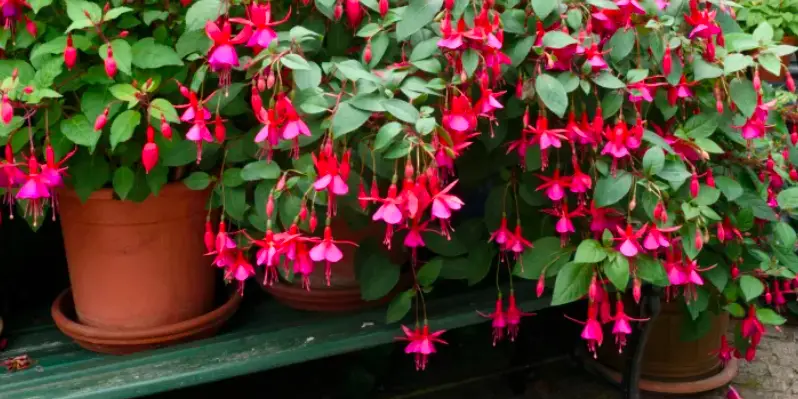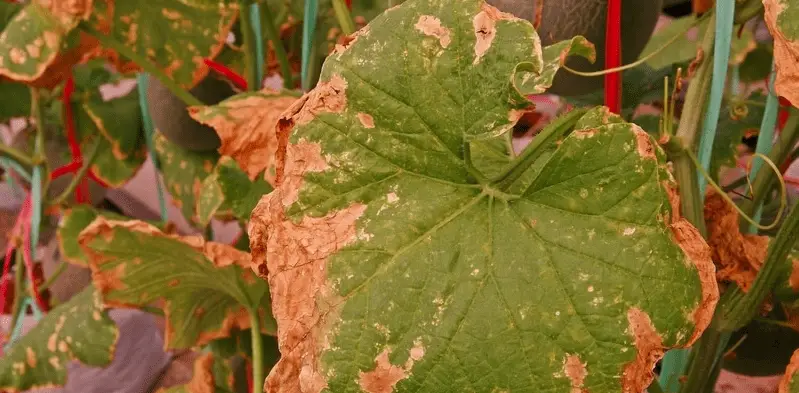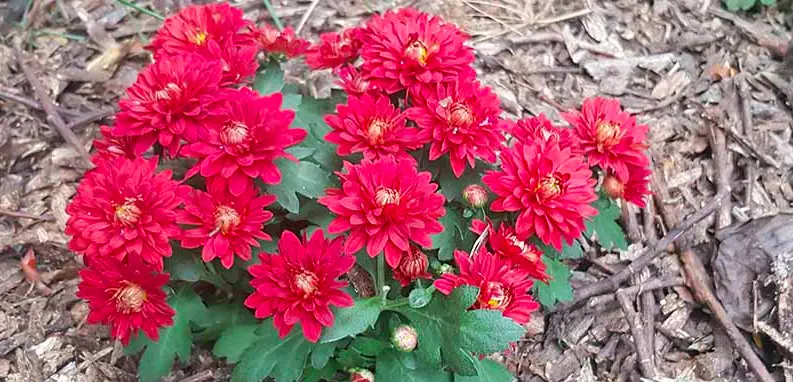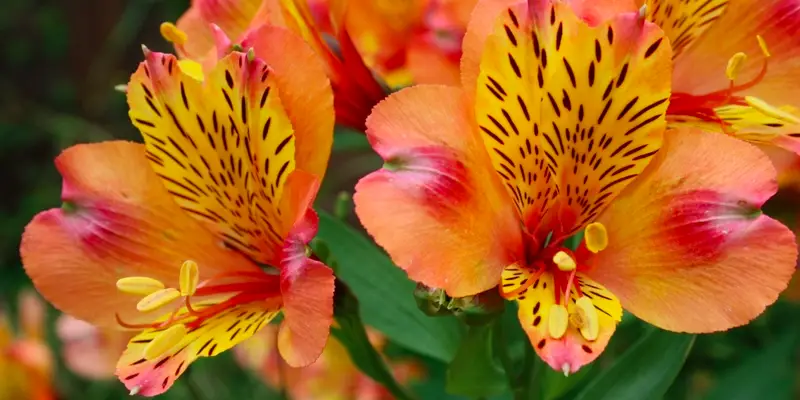The parlor palm is a beautiful indoor plant that has become popular again in recent years. They are easy to maintain, but they can also be sensitive to environmental changes.
If your palm is dropping, there’s probably something wrong with the environment it’s living in. Read on for some quick tips to help you save your parlor palm before it dies!
Why Is My Parlor Palm Drooping?
The most likely reason why your parlor palm is drooping is that the plant hasn’t been given enough water. Palm plants are not very drought tolerant, so underwatering will cause the leaves to droop and wilt.
There are a variety of other reasons, but the most prevalent is underwatering. I’ve seen it happen time and time again, which demonstrates how simple it is to do.
I will now jump into the main reasons for drooping and what you can do to prevent it from happening again in the future.
1. Underwatering
This is the most common reason for drooping. If you’ve been underwatering your palm for a while, the leaves will begin to droop.
These plants, and most types of palms, require moist soil to thrive. Failure to water them frequently will result in drooping and withering leaves, which can quickly lead to death.
But how much water to give them? I recommend watering your parlor palm when the top inch of soil is dry. You can test this by sticking your finger into the dirt and seeing if it’s dry. If so, then you know that is time to water again!
You can also use a moisture meter, which is the most accurate method of determining when to water.
The type of water is also important… palms aren’t happy when they are given tap water that contains lots of chemicals, like chlorine. This is why I only use filtered water on my plants.
2. Pests
Pests are another common reason for drooping. If you notice that your parlor palm is beginning to lose leaves, it may be infested with mealybugs or scale insects.
You may not even realize what the issue is. I’ve had to find out for myself by spotting these tiny pests and removing them before they can do more damage!
The most common pest infestation on palms are mealybugs, which look like small little cotton balls that cling onto your plant. You’ll usually notice dying leaves as a result of an infestation with me
These insects can be controlled with a pesticide, but it is important to not use any that contain pyrethrin. This chemical will damage the plant and cause further problems.
Instead, I recommend using neem oil or insecticidal soap on your parlor palm until the problem subsides. Neem oil is an organic pesticide that is safe for most types of plants, but it does need to be applied frequently.
3. Disease
Sometimes, your parlor palm may be dying because it has a fungal disease. This is typically indicated by yellowing and browning leaves that drop off or curl up at the edges.
It will start in one section of the plant before spreading to other parts if left untreated. When this occurs, you’ll want to cut away any dead or dying leaves and prune the plant back a little.
This will help get rid of any dead material, which can cause more issues over time if not removed. Once you’ve done this, I recommend using neem oil again on the palm to prevent future problems from occurring.
4. Not enough sunlight
Your parlor palm may be suffering because it is not receiving enough sunlight. This can cause neglect and droop as a result of the plant trying to protect itself from dying by going into dormancy mode.
It’s common for people to put their palms in a shady area or near a wall that prevents them from getting direct light. If this is the case you’ll want to move your palm closer to a window or another area that receives more sun.
If your suspect this is the issue, then one idea is to invest in artificial grow lights, which can also help your palm grow faster and healthier!
I use these lights on nearly all of my houseplants, especially during winter when the days are short and dark.
5. Too much fertilizer
Your parlor palm may be dying because you’ve been over-fertilizing. This can cause it to droop and die, which is something that most people do not realize until it’s too late.
You might think that if you fertilize your plants then they will grow faster or healthier – but this isn’t always the case. In fact, too much fertilizer will burn your palm and kill off any new growth that is trying to appear!
When you fertilize your plant, it’s important to do so sparingly and only when necessary… according to the instructions on the package. This way you avoid over-fertilizing and rotting or burning your palms.
Droopy Parlor Palm FAQs
There’s a good chance you have a lot of questions. If that’s the case, I’ll go ahead and answer some of the most frequently asked questions.
Will droopy parlor palm leaves kill my plant?
It depends on why your parlor palm is drooping. If it’s from a fungal infection or other diseases then you may be in trouble, but these types of problems are also easy to resolve if caught early enough!
Do I need to re-pot a drooping parlor palm?
Only if the plant has root rot or has grown too big for its pot. Repotting when not necessary can stress your palm, which makes matters worse.
Why are my parlor palm leaves drooping after watering?
If you’ve watered your parlor palm and its leaves are drooping, then you may have given the wrong type of water. Make sure not to use tap water as this can have too much chlorine in it and burn the leaves.
Why are my parlor palm leaves drooping after repotting?
If your palm is drooping after repotting, then you may have done so too early – or at the wrong time of year. Make sure to only re-pot when it’s necessary and during spring or summer so that the plant has enough energy to recover from such a big change!
Conclusion
In conclusion, if your parlor palm is drooping it’s important not to panic – but also take action. There are a few possible reasons why this may be happening, so the first thing you’ll want to do is figure out what exactly is going on with your plant.
Tim is an avid gardener from the UK. He was the founder of PlantCarer.com from 2021 to Sep 2023. He sold PlantCarer.com to Aaron. He has since started his own business called Seed To Supper, which provides new gardeners all the materials you need in a box (pots, seeds, compost and instructions) to grow your own delicious and nutritious vegetables and herbs from start to finish – no garden required.









0 Comments